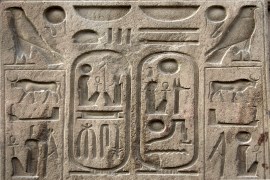Livre | Chapitre
History and the sublime
pp. 59-75
Résumé
We have seen how in Frankenstein a dead language is brought back to life. This is a resurrection of the dead science of Albertus Magnus, Paracelsus and Cornelius Agrippa. This idea of using the past in order to define the present is something which Mary Shelley also explores in two of her tales, "Valerius: the Reanimated Roman" and "The Mortal Immortal: a Tale". As in Frankenstein, it is the return of the past which unsettles the sublime in these tales, but before looking at them in detail it is helpful to explore Walter Jackson Bate's contention that the remnants of a Classical culture can be found within Romantic thought. Bate's argument provides us, indirectly, with an explanation as to why the Romantics' attachment to the past destabilises the Romantic sublime.
Détails de la publication
Publié dans:
Smith Andrew R. (2000) Gothic radicalism: literature, philosophy and psychoanalysis in the nineteenth century. Basingstoke, Palgrave Macmillan.
Pages: 59-75
Citation complète:
Smith Andrew R., 2000, History and the sublime. In A. R. Smith Gothic radicalism (59-75). Basingstoke, Palgrave Macmillan.










